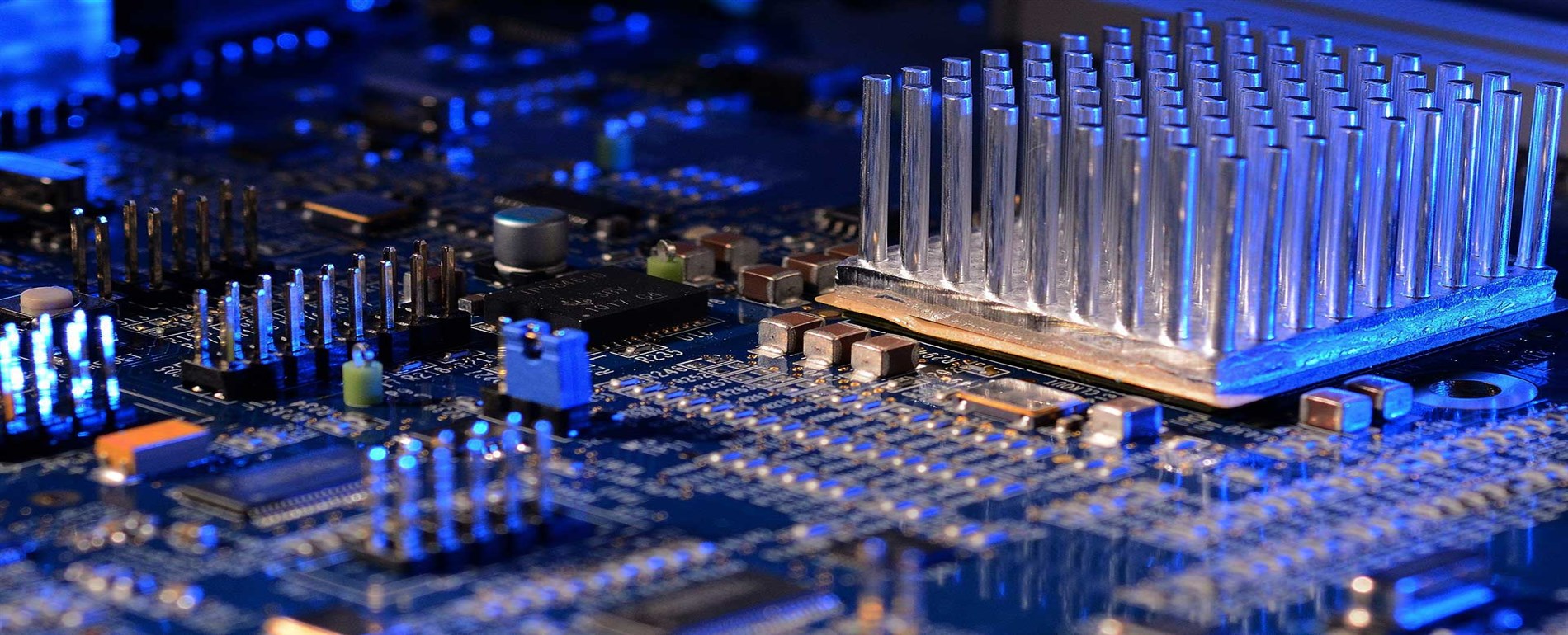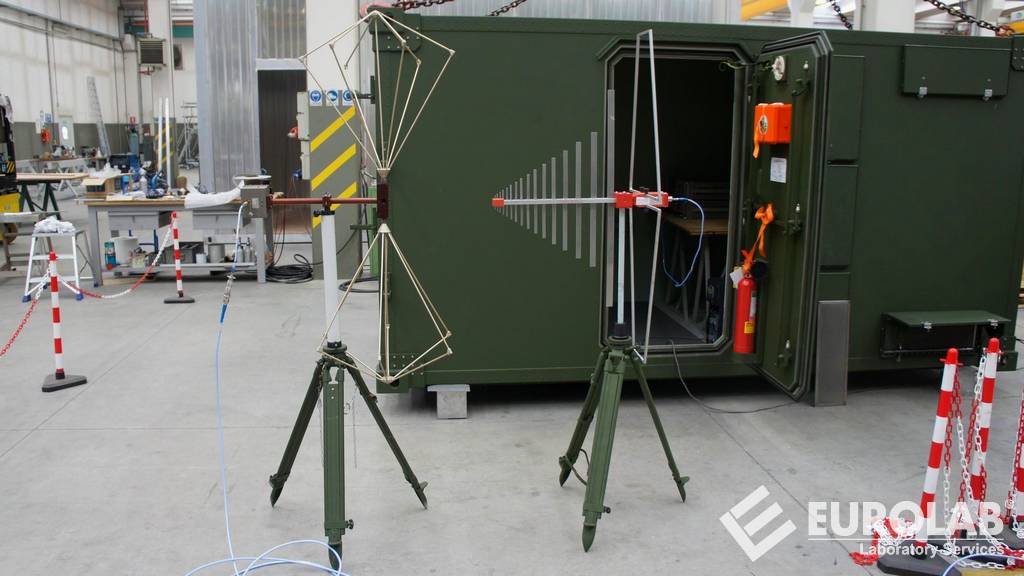

Developed by the Institute of Electrical and Electronics Engineers (IEEE), the IEEE 299.1-2013 standard determines the shielding effectiveness of electromagnetic protection for various enclosures and boxes with all dimensions between 299 m and 2006 m in the radio frequency range not addressed in the IEEE 0,1 (TM) -2 standard. It offers uniform measurement procedures for

This standard consists of two parts:
Shielding means the electromagnetic isolation of cables, circuits or devices used in the production of electrical and electronic equipment. The quality of the screening naturally depends on the type of source to be screened and the quality of the screening elements.
Almost all high speed electronic devices use shielding in some way. Computers, cell phones, industrial controls, automotive and aerospace systems, and similar equipment typically come packaged in metal enclosures or have shields placed directly on certain components on printed circuit boards.
Properly designed and assembled shielded enclosures are highly effective in reducing radiated emissions and protecting products from external sources of interference. In fact, a metallic enclosure without gaps, joints or cable runs can reduce overall radiated emissions. In other words, even a poorly designed circuit board can meet EMC requirements if it speaks to a metal box. But shielded enclosures do not replace good EMC design at the board level. A single breach of the enclosure, such as an unfiltered cable entry, can completely eliminate any benefit that the enclosure can provide.
There are basically two types of shielding: general shielding and individual shielding. In general screening, all groups are screened at once, but one or more cable groups are screened in individual screening.
Shielding of conductors is very important for:
A number of features that help measure the shielding efficiency of enclosures are included in the IEEE 299.1-2013 standard annex. The problems that arise in testing small enclosures with a linear dimension of less than 2 meters are very different from determining the shielding effectiveness of large areas depending on the actual size of the enclosure. Thus, there are a number of appendices dealing with mathematical formulas, selection of measurement techniques, pre-measurement and repairs, wall-mounted monopoles, impedance mismatch correction, and the use of isolated monopoles in external reverberation chambers.
With today's technology, the main coating methods used in shielding are: wrapping, braiding and foiling. In addition, depending on the application area, there are also braid-foil or other screening combinations. Each method has different pros and cons. At the same time, there are screening applications with different features and types according to the climatic conditions of the region where the cables are used, the area of use and the purpose of use.
It is very important to comply with domestic and foreign standards in the selection of shielding materials. In this regard, the IEEE 299.1-2013 standard has an important function.
Our organization, with its trained and expert staff and advanced technological equipment, with a wide range of certification studies, within the framework of national and international standards, to measure the screening efficiency of enclosures and boxes with all dimensions between 299.1 m and 2013 m within the framework of IEEE 0.1-2 standard. provides services on standard method.
To get an appointment, to get more detailed information or to request an evaluation, you can ask us to fill in our form and reach you.